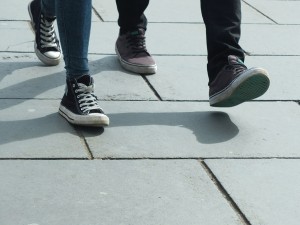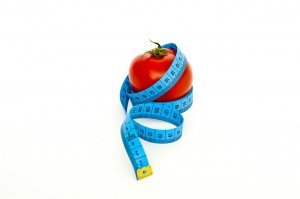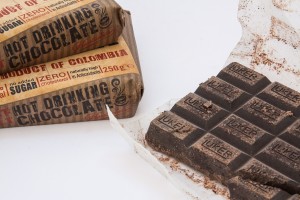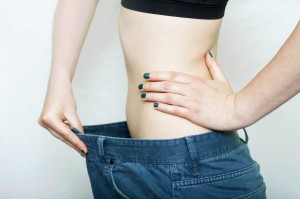Burning more calories when trying to lose fat and build some muscle so you can reshape your body, it helps to find simple tricks to eliminate or burn more calories, whether it’s through your workout program, or through your nutrition plan.
Burning more calories
Here are five simple nutrition tips that will help put your body in fat burning mode. This will help you get even more out of your workout plan, helping you make even faster progress.
1) Eat more vegetables. Simple sure, but how many people really do it? Try mixing and matching fresh vegetables for variety. Besides the numerous health benefits, most veggies are full of fiber, which will fill you up, as well as burning more calories than eating other foods.
Yes, frozen vegetables are just fine. In fact, frozen fruits and vegetables have shown to be more likely to hold their nutrient value versus fresh because of things like the time they sit after being picked before you have them at home and eat them.
2) Go ahead and snack, just snack on good stuff, like raisins, nuts (especially almonds), veggies and most fruit. Not dried fruit, though. Have you ever looked at the calorie count and ingredients of most mixed nut and fruit “trail mix” products? It’s not pretty!
3) Speaking of nuts, add nuts to your yogurt and salads. Chopped nuts make a great alternative to “breaded” style garnishes like croutons.
4) Specific food combinations can help to burn calories by ramping up your metabolism for burning more calories. Eat carbs that are rich in fiber. They take longer to digest and you will feel “fuller” for longer periods of time.
Along with carbs rich in fiber, take in more protein. Your body burns more calories when you eat protein than it burns digesting either fats or carbohydrates.
Eating more protein to burn fat was confirmed in a study published in the American Journal of Physiology.
One group was fed a high protein diet (just over one gram per pound of body weight per day) while the second group consumed a protein diet near equal to that of the RDA.
The group eating the high protein diet burned more fat than the group consuming protein near equal to the RDA.
Want to burn fat or build muscle? Get lots of fiber and protein.
Eating protein also helps to prevent muscle loss while dieting, which can help prevent the slowing of your metabolism.
5) Yogurt can help you lose weight while protecting muscle.
A study of overweight people who ate three servings of yogurt daily for 12 weeks lost 22% more weight, 61% more body fat and 81% more abdominal fat than people who ate a similar number of calories but no dairy products.
Make sure to get yogurt with real fruit and no added sugar. Or, get plain yogurt and add your own berries to it.
Yogurt is also an easy and convenient snack and contains high quality protein as well.
Put these five tips into practice and your new muscle building, fat burning machine (your body) will reward you for it.
Are you interested in more fitness info? Check out my free report:
“10 FITNESS HACKS YOU NEED TO KNOW”
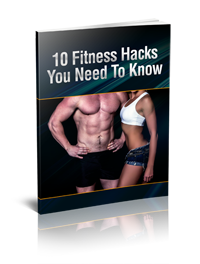
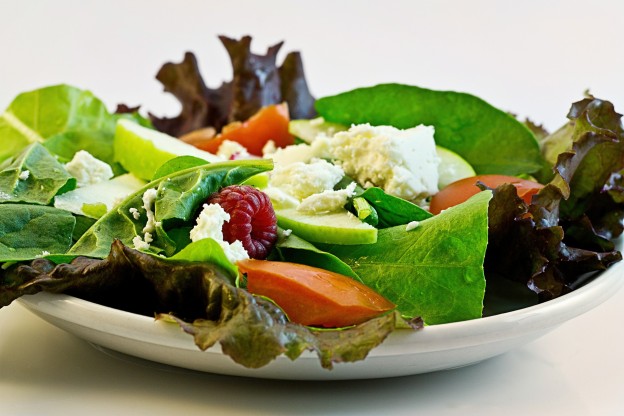
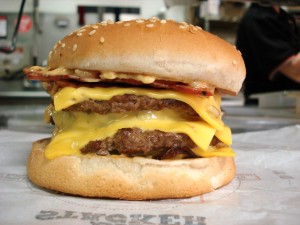 requires and which type is your enemy. Armed with the right information, you can focus on getting more of the good fats and less of the bad fats into your daily diet.
requires and which type is your enemy. Armed with the right information, you can focus on getting more of the good fats and less of the bad fats into your daily diet.